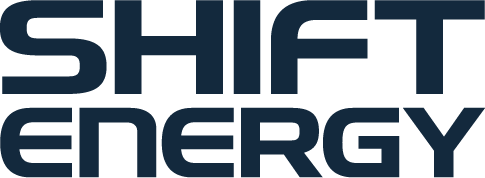Automating Hospital Demand Management Savings
| Client | Hospital |
| Location | Central Canada |
| Facility | 1,375,000 Square Feet |
| Control System | Siemens Apogee |
| HVAC System | 58 AHUs supplying CAVs and VAVs with reheats, fan coil units and perimeter radiators. Three centrifugal chillers with six cooling towers. Three mid efficiency boilers and three steam boilers. |
Hospitals have very specific 24/7 heating and cooling demands that are central to quality patient care. This makes these facilities energy intensive and create significant opportunities for cost savings and decarbonization by using the SHIFT Energy solution. This particular hospital is a Public Private Partnership with clearly defined temperature targets that were subject to penalties if not maintained. SHIFT’s team worked with the hospital operations staff to implement the SHIFT Energy Optimization Software (EOS) to cut energy consumption and carbon emissions while maintaining the strict contractual compliance requirements.
This facility was also subject to Ontario’s “Global Adjustment” program, where Class A customers (medium and large businesses) are required to pay for their share of total demand during the province’s five peak demand hours. SHIFT’s solution helps facilities prepare for the Global Adjustment and can significantly cut the cost that would otherwise be incurred without sacrificing comfort.
Project Highlights
- Demand Management through automated predicted peak demand curtailment to maximize provincial Global Adjustment (GA) utility cost savings
- Maintain patient and hospital staff comfort within strict contractual compliances
- Deliver operating and energy cost savings mutually benefiting all P3 stakeholders
- Discover new opportunities for operational insights on BAS overrides and equipment performance
Approach
SHIFT’s team collaborated with the hospital’s operations team to implement the SHIFT Energy Optimization Software (EOS) solution to boost energy efficiency and cut carbon emissions. SHIFT’s solution works with existing control systems and equipment, allowing operators to deliver immediate impact without requiring significant investments in new infrastructure. We integrated with the hospital’s existing control system to automate a series of optimizations that would deliver the desired results while ensuring patient and staff comfort was maintained or enhanced.
Results: Consumption and Emissions Impact
Electricity Consumption Savings
1,933 MWh per year
Natural Gas Savings
4,554 GJ per year
Carbon Emissions Reduction
794 tCO2-eq per year
Global Adjustment
450 kW curtailment (average)
Standards Met
Strict contractual requirements for temperature control and patient comfort
